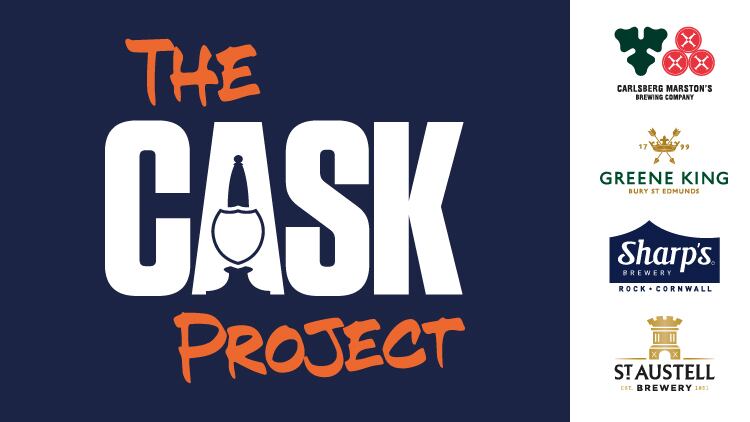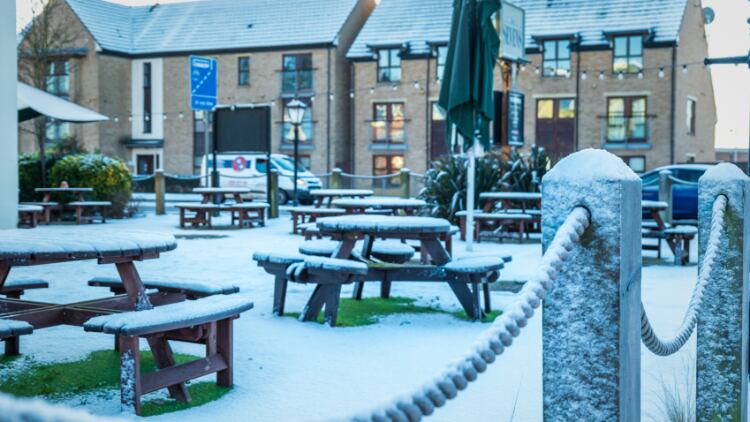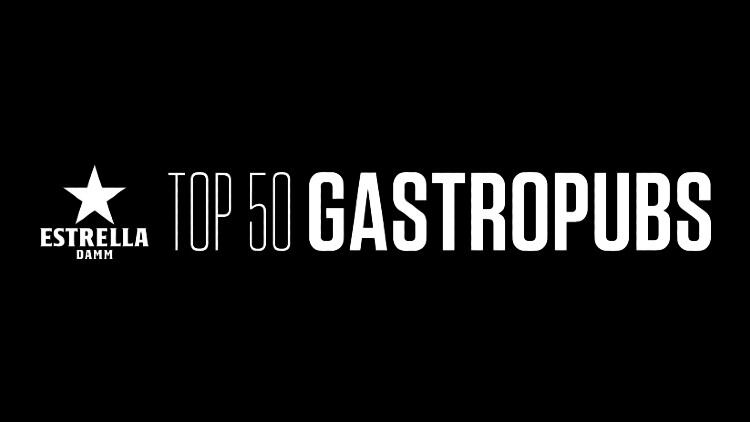
However, the cask ale drinking experience in pubs doesn’t always live up to expectations. It can be hard to find the right choice of brands on the bar, while delivering the best quality brings challenges too.
So what needs to happen in order for cask ale to really live up to its billing as a genuine USP of the great British pub?
Firstly, the choice of brands on the bar. Drinkers tell us the most important thing they’re looking for is a choice of colours and styles. Often venues lean more heavily towards amber ales and there’s an array of national amber ale brands out there, which all have their place.
But lining three or four – or even sometimes more – up alongside each other doesn’t offer drinkers much choice. It would be better to have a smaller range that offers real choice: an amber ale alongside a golden ale or IPA is a good starting point, ensuring a genuine mix of colours and styles.
Three-day limit
Three keys to success
1. Range right for your throughput – if you sell 24 pints a day, make it an amber ale, if you sell 48 pints in a day, add an IPA or pale ale or a seasonal beer.
2. Quality first – sell every cask within 3 days and become known for serving a trusted, quality pint
3. Have conversations with your customers about beer styles and offer tastings of cask beer – the more dialogue we have with drinkers the better we can understand changing tastes
Secondly, the importance of quality cannot be overstated. As a live and fresh product, cask ale needs to be sold through within three days. Based on firkins (72-pint containers), every handpull should be averaging a minimum of 24 pints per day in order for the throughputs to be sufficient to guarantee quality.
Recent data from the Oxford Partnership, based on a sample of 7,480 outlets showed that only 24% had sufficient throughputs for one or more handpulls throughout the week and only 6% had sufficient throughputs for two or more handpulls1. However, walk into a pub and you’ll regularly see range sizes far bigger than is required for their venue.
Cask ale’s reliance on older drinkers, who have been slow to return to pubs and have returned less frequently than before, means there’s even less need for such a vast range. That’s part of the reason cask ale sales today are 32% lower than they were four years ago2. That doesn’t mean the opportunity for sales no longer exists. To move forwards, the cask ale category needs disruption and we need to think differently about how we engage the next generation of drinkers.
So what does disruption look like for the cask ale category?
A key place to start is with the beers themselves. Amber ales remain the biggest sector of the cask ale category, delivering almost seven in 10 pints of cask ale sold across the country and being the biggest seller in every region.
However, amber ale’s share of cask beers is declining, with the growth now coming from gold and IPAs, which now represent more than one in four pints of cask ale sold3. Amber ales may well be the foundation of the category but following these market trends will be key to attracting the next generation of cask drinkers.
Embracing emerging beer styles
The growth in gold and IPAs in cask ale reflects what we’re seeing in craft beer more widely, with session pale ales and IPAs spearheading the growth in craft beer across both the on and off-trade.
Could the recent trend towards East Coast styles such as New England IPAs, which are characterised by being juicy, fruity and hazy, be something that the cask category needs to embrace?
Cask ale traditionalists will argue cask beer should always be bright beer, it must have absolute clarity and regarding haze as a sign of a defect or fault in their beer. But the world moves on, tastes and preferences change, and there’s a big difference between a beer which is intentionally hazy versus one that has been left on sale for too long.
In summary, it’s time for change. As an industry, we need to shake things up so we can engage and excite the next generation of cask drinkers and get the cask ale rate of sale moving in the right direction once again.
Cask ale is a genuine USP of the great British pub when done well. We’ve now got to be bold and embrace the disruption needed to make sure that it has a sustainable future.
Sources:
1. Oxford Partnership Flowmeter Data Analysis, Feb-Apr 2022, 7,480 L&T outlets
2. CGA OPMS data MAT 8/10/22 vs. 4 years ago, Total GB On Trade Cask Ale sales volume
3. CGA OPMS data MAT 8/10/22 , breakdown of Cask Ale by colour/style vs. 4 years ago




